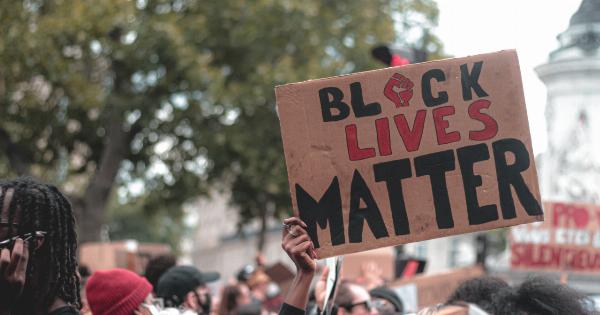In recent years, there has been a growing concern about the harmful effects of smoking and the impact it has on our society.
The rising number of smokers worldwide, especially among young people, has prompted various initiatives aiming to combat this health epidemic. One such campaign, led by children themselves, is gaining traction and bringing hope for a world without cigarettes.
The Start of a Movement
It all began when a group of motivated children, aged between 10 and 12, decided to take matters into their own hands.
Witnessing the detrimental consequences of smoking, both on an individual and global scale, they recognized the urgent need for change. They named themselves the “Smoke-Free Champions” and set out to create a campaign that would resonate with their peers.
Empowering Young Voices
The Smoke-Free Champions understood the significance of empowering young voices to stand up against smoking.
Their campaign focused on engaging children in a creative and interactive way, providing a platform for them to express their thoughts and ideas. Through workshops, school presentations, and social media campaigns, they aimed to spread awareness about the hazards of smoking.
Education as the Key
The campaign primarily focused on educating children about the risks associated with smoking. They conducted educational sessions in schools, using age-appropriate resources and interactive activities to deliver the message effectively.
By emphasizing the long-term health consequences, addiction potential, and the environmental impact of tobacco, the Smoke-Free Champions aimed to create a generation of informed individuals who would say “no” to cigarettes.
Peer-to-Peer Influence
The Smoke-Free Champions recognized the power of peer influence in shaping behavior. They encouraged children to share their personal stories, either about their experiences with smoking or the impact it had on their lives.
These stories were collected and shared through various mediums, such as videos, blog posts, and art exhibitions. By showcasing the real-life experiences of their peers, the campaign aimed to create a sense of empathy and discourage smoking among children.
Advocacy and Policy Changes
The Smoke-Free Champions recognized the importance of advocacy and policy changes to create a lasting impact.
They partnered with local organizations and policy influencers to lobby for stricter tobacco control measures, such as increased taxation, smoke-free public spaces, and comprehensive advertising bans. By advocating for a smoke-free environment, they aimed to create a society where cigarettes were seen as relics of the past.
Positive Reinforcement
To encourage and reward children for their commitment to a smoke-free lifestyle, the campaign introduced various positive reinforcement mechanisms.
They organized competitions, where children could showcase their creative talents in designing anti-smoking posters, slogans, or jingles. The winning entries were displayed in schools, public places, and even local newspapers, amplifying the impact of the campaign and motivating other children to participate.
Global Impact and Recognition
The dedication and hard work of the Smoke-Free Champions did not go unnoticed. Their campaign gained recognition both at the local and international levels.
They were invited to share their experiences and achievements at prominent conferences and events, allowing them to inspire other children and organizations worldwide. With every accolade and recognition, the campaign grew stronger, fostering a sense of pride and accomplishment among the Smoke-Free Champions and their supporters.
Reimagining a Smoke-Free Future
Through their tireless efforts, the Smoke-Free Champions hoped to reimagine a future where cigarettes were a thing of the past.
They dreamt of a world where children could breathe clean air, pursue their dreams without the shackles of addiction, and lead healthier lives. Their campaign shed light on the importance of collective action, proving that even the youngest members of society can be catalysts for change and advocates for a better world.
Conclusion
The Smoke-Free Champions exemplified the power of unity and determination in their campaign against smoking. By involving children in the fight against cigarettes, they tapped into a wellspring of creativity, empathy, and resilience.
Their educational initiatives, advocacy efforts, and positive reinforcement mechanisms created a supportive environment where children felt empowered to stand up against smoking. As their campaign continues to gain momentum, the Smoke-Free Champions inspire countless others to believe in the possibility of a world without cigarettes.






























